
MOT22 - Series from Motus
Burak Bulut Yildirim
Photography - 50 x 70 x 0.1 cm Photography - 19.7 x 27.6 x 0 inch
$1,867
'I wanted to conquer the world. But I also desperately wanted to understand human nature, and to know what was inside our bodies. To do this, I have spent whole night dissecting bodies, against the direct orders of the Pope. Nothing disgusts me. What I am looking for, truly, in all of my work and particularly in my painting, what I have looked for all my life, is to understand the mystery that is human nature' – from the notebooks of Leonardo da Vinci in the 16th century.
At the time of writing these notes, da Vinci had already made greater understanding of the human body the primary objective of his investigations. Dissection and study were key to his development of a holistic knowledge of anatomy, which da Vinci believed was vital to the perfect rendering of the nude figures which he painted and drew.
Little by little, the traditional image of the human figure was uprooted and in its place new ways of interpreting the body developed. Contemporary artists relentlessly questioned the traditional codes of figure drawing, liberally reworking the representation of the body to create a new image that was dislocated, geometric, deformed and disfigured.
The body as an artistic subject is at once desired, fantasised, dreamt, transformed, deformed. For painters, photographers and sculptors alike the body represents a rite of passage in their artistic development. Many people say that they most appreciate the talents of an artists by way of their control over the complexity of the figure. For example, it's clear even in Matisse's later, more abstract collages that he had perfectly mastered the human form.
Representation of the body is fundamental to Western art: first and foremost because it suggests a representation of the self, and therefore affirms the artist's own existence and coexistence with the environment that surrounds them. At the beginning of art history, the only bodies represented were the gods, supernatural beings, and spirits who had taken on human form. The body, nude or clothed, is at once one of the most widely depicted and most deeply polemical subjects in Western art (think of the scandals provoked by Courbet's 'Origins of the World', or Renoir's 'Picnic on the Grass').
The body has always been the primary subject of an array of themes, and its history is rich and ancient. Initially, depiction of the body was closely linked to religion, where the Word became flesh in Genesis, but later in more secular times the arousal of the artist when faced with the body made for an equally popular theme. Latterly the notion of the body as an object of beauty was subverted by Cubism until depictions of bodies no longer bore any resemblance to reality or made any pretence of respecting the rules of proportion.
Finally, in modern art the body has taken on an abstract shape within space, becoming one with the environment. In some instances, the body has become the artist's own support, as with Klein's models. The body as an abstract concept is tangible in many different manifestations in art, even in pieces as unassuming as some of Rothko's paintings. It remains the subject of inexhaustible inspiration and eternal debate.
Save your search and find it in your favorites
Save your search to find it quickly
Saved search
Your search is accessible from the favorites tab > My favorite searches
Unsaved search
A problem occurred

Photography - 50 x 70 x 0.1 cm Photography - 19.7 x 27.6 x 0 inch
$1,867
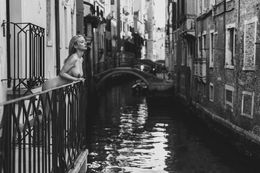
Photography - 50 x 70 x 0.1 cm Photography - 19.7 x 27.6 x 0 inch
$1,867
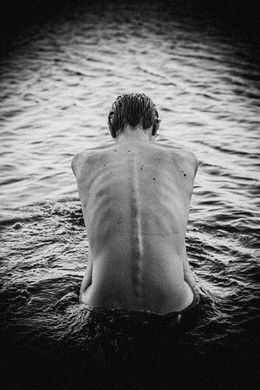
Photography - 70 x 50 x 0.1 cm Photography - 27.6 x 19.7 x 0 inch
$1,867
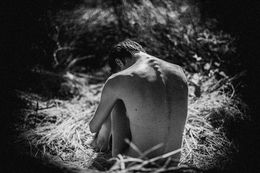
Photography - 50 x 70 x 1 cm Photography - 19.7 x 27.6 x 0.4 inch
$1,867

Photography - 50 x 70 x 0.1 cm Photography - 19.7 x 27.6 x 0 inch
$1,867
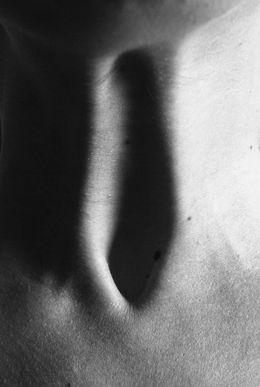
Photography - 70 x 50 x 0.1 cm Photography - 27.6 x 19.7 x 0 inch
$1,867
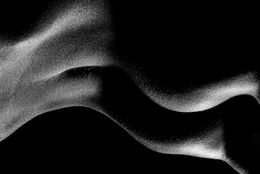
Photography - 50 x 70 x 0.1 cm Photography - 19.7 x 27.6 x 0 inch
$1,867

Photography - 50 x 70 x 0.1 cm Photography - 19.7 x 27.6 x 0 inch
$1,867
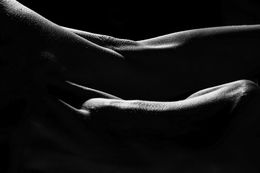
Photography - 50 x 70 x 0.1 cm Photography - 19.7 x 27.6 x 0 inch
$1,867

Photography - 50 x 70 x 0.1 cm Photography - 19.7 x 27.6 x 0 inch
$1,867
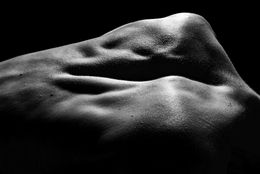
Photography - 50 x 70 x 0.1 cm Photography - 19.7 x 27.6 x 0 inch
$1,867
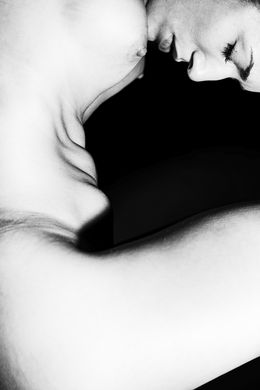
Photography - 70 x 50 x 0.1 cm Photography - 27.6 x 19.7 x 0 inch
$1,867
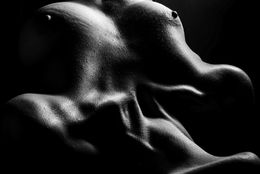
Photography - 50 x 70 x 0.1 cm Photography - 19.7 x 27.6 x 0 inch
$1,867
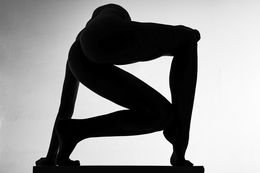
Photography - 70 x 50 x 0.1 cm Photography - 27.6 x 19.7 x 0 inch
$1,867

Photography - 70 x 50 x 0.1 cm Photography - 27.6 x 19.7 x 0 inch
$1,867
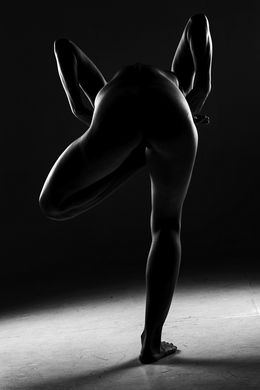
Photography - 70 x 50 x 0.1 cm Photography - 27.6 x 19.7 x 0 inch
$1,867
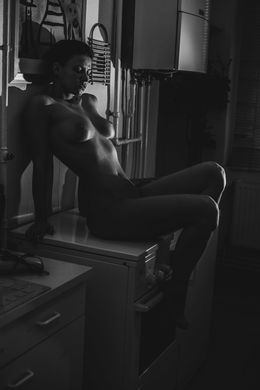
Photography - 70 x 50 x 0.1 cm Photography - 27.6 x 19.7 x 0 inch
$1,867
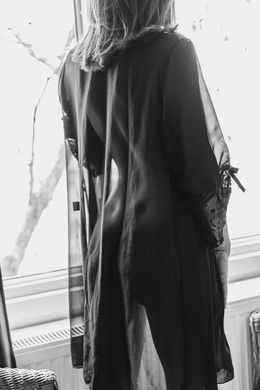
Photography - 70 x 50 x 0.1 cm Photography - 27.6 x 19.7 x 0 inch
$1,867
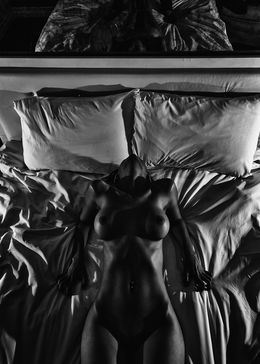
Photography - 70 x 50 x 0.1 cm Photography - 27.6 x 19.7 x 0 inch
$1,867
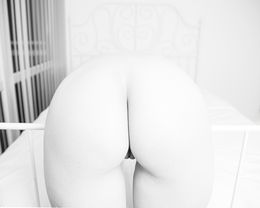
Photography - 50 x 70 x 0.1 cm Photography - 19.7 x 27.6 x 0 inch
$1,867
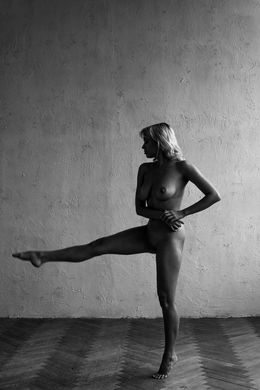
Photography - 70 x 50 x 0.1 cm Photography - 27.6 x 19.7 x 0 inch
$1,867
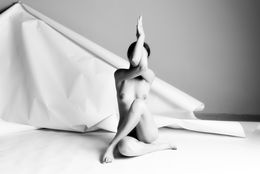
Photography - 50 x 70 x 0.1 cm Photography - 19.7 x 27.6 x 0 inch
$1,867
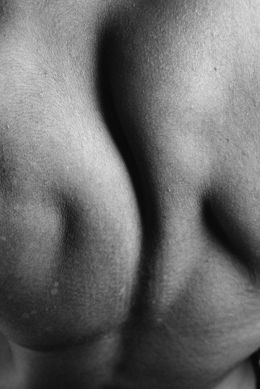
Photography - 70 x 50 x 0.1 cm Photography - 27.6 x 19.7 x 0 inch
$1,867
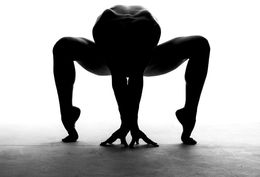
Photography - 50 x 70 x 0.1 cm Photography - 19.7 x 27.6 x 0 inch
$1,867

Photography - 50 x 70 x 0.1 cm Photography - 19.7 x 27.6 x 0 inch
$1,867
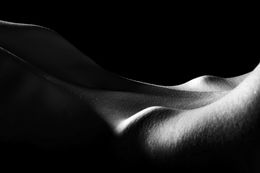
Photography - 50 x 70 x 0.1 cm Photography - 19.7 x 27.6 x 0 inch
$1,867
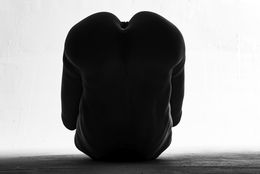
Photography - 50 x 70 x 0.1 cm Photography - 19.7 x 27.6 x 0 inch
$1,867
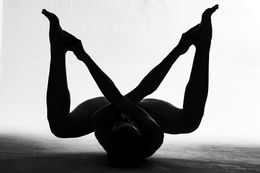
Photography - 50 x 70 x 0.1 cm Photography - 19.7 x 27.6 x 0 inch
$1,867
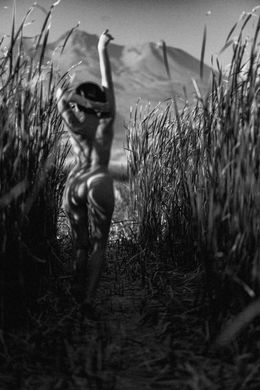
Photography - 70 x 50 x 0.1 cm Photography - 27.6 x 19.7 x 0 inch
$1,867
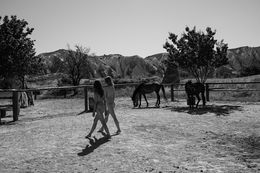
Photography - 50 x 70 x 0.1 cm Photography - 19.7 x 27.6 x 0 inch
$1,867
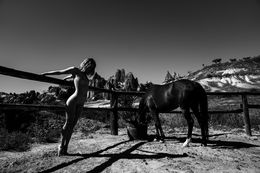
Photography - 50 x 70 x 0.1 cm Photography - 19.7 x 27.6 x 0 inch
$1,867
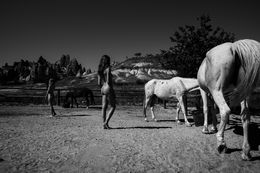
Photography - 50 x 70 x 0.1 cm Photography - 19.7 x 27.6 x 0 inch
$1,867

Photography - 50 x 70 x 0.1 cm Photography - 19.7 x 27.6 x 0 inch
$1,867
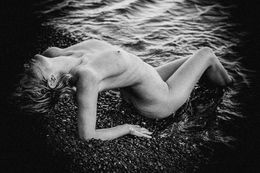
Photography - 50 x 70 x 0.1 cm Photography - 19.7 x 27.6 x 0 inch
$1,867
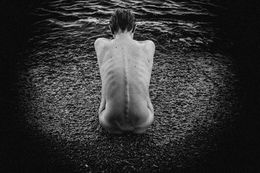
Photography - 50 x 70 x 0.1 cm Photography - 19.7 x 27.6 x 0 inch
$1,867

Photography - 50 x 70 x 0.1 cm Photography - 19.7 x 27.6 x 0 inch
$1,867
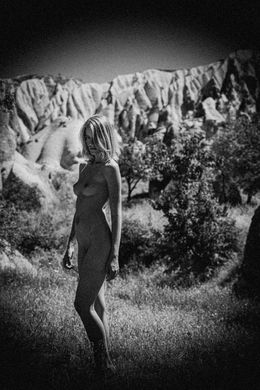
Photography - 70 x 50 x 0.1 cm Photography - 27.6 x 19.7 x 0 inch
$1,867

Photography - 50 x 70 x 0.1 cm Photography - 19.7 x 27.6 x 0 inch
$1,867
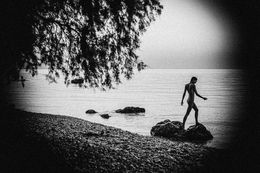
Photography - 50 x 70 x 0.1 cm Photography - 19.7 x 27.6 x 0 inch
$1,867

Photography - 50 x 70 x 0.1 cm Photography - 19.7 x 27.6 x 0 inch
$1,867
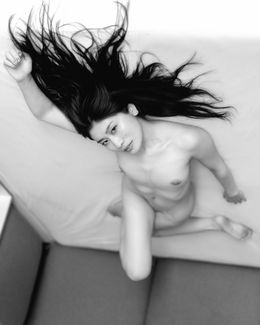
Photography - 70 x 50 x 0.1 cm Photography - 27.6 x 19.7 x 0 inch
$1,867
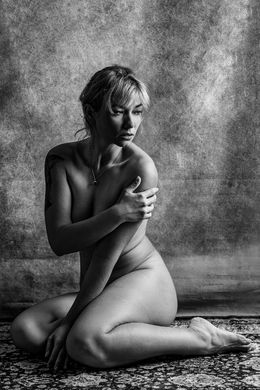
Photography - 70 x 50 x 0.1 cm Photography - 27.6 x 19.7 x 0 inch
$1,867

Photography - 50 x 70 x 0.1 cm Photography - 19.7 x 27.6 x 0 inch
$1,867

Photography - 40 x 120 x 0.1 cm Photography - 15.7 x 47.2 x 0 inch
$2,861
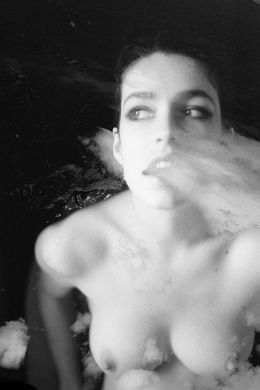
Photography - 12 x 8 x 1 cm Photography - 4.7 x 3.1 x 0.4 inch
$149
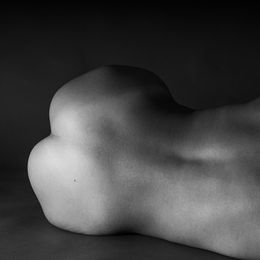
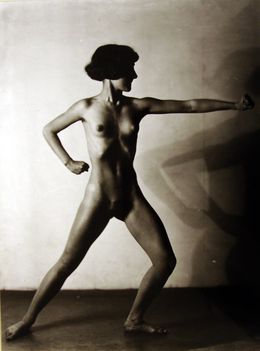
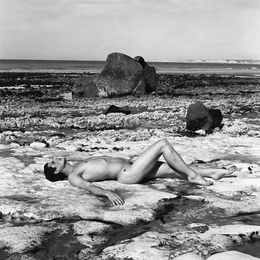
Photography - 30 x 30 x 1 cm Photography - 11.8 x 11.8 x 0.4 inch
$1,192


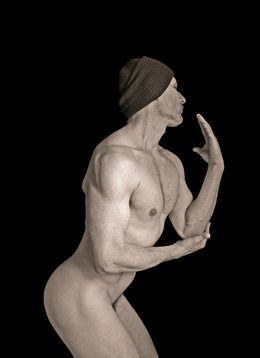



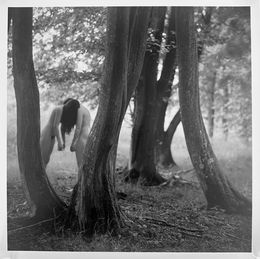

Photography - 37 x 30 x 0.3 cm Photography - 14.6 x 11.8 x 0.1 inch
$1,900


Photography - 30 x 45 x 0.02 cm Photography - 11.8 x 17.7 x 0 inch
$536

Photography - 67 x 50 x 0.2 cm Photography - 26.4 x 19.7 x 0.1 inch
$596 $477




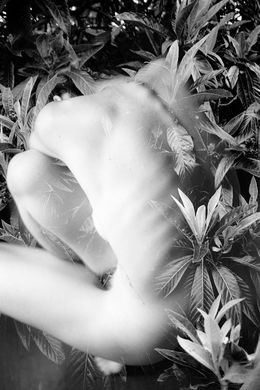
Photography - 12 x 8 x 0.1 cm Photography - 4.7 x 3.1 x 0 inch
$119

Photography - 12 x 8 x 1 cm Photography - 4.7 x 3.1 x 0.4 inch
$119
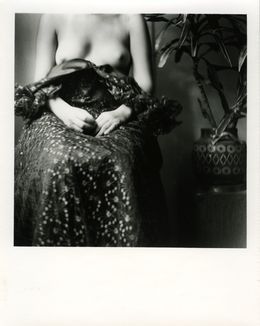
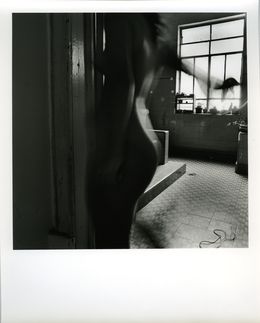
Photography - 22.9 x 20.3 x 2.5 cm Photography - 9 x 8 x 1 inch
$1,200
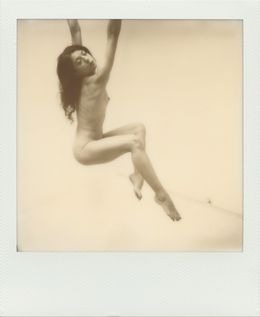





Photography - 50 x 50 x 5 cm Photography - 19.7 x 19.7 x 2 inch
$834

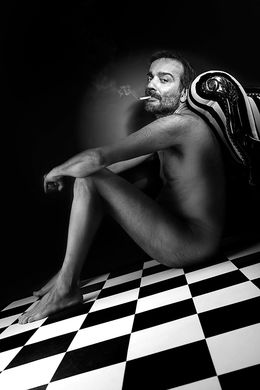
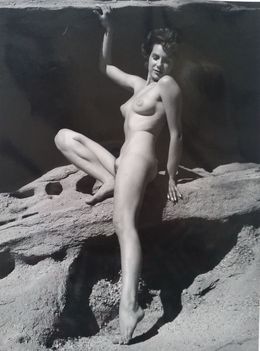
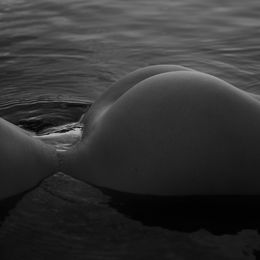

Print - 70 x 50 x 0.1 cm Print - 27.6 x 19.7 x 0 inch
$118


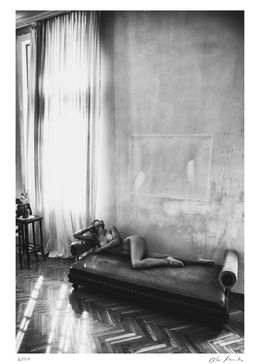

Photography - 18 x 23 cm Photography - 7.1 x 9.1 inch
$1,431

Photography - 30 x 20 x 0.1 cm Photography - 11.8 x 7.9 x 0 inch
$179

Photography - 30 x 20 x 1 cm Photography - 11.8 x 7.9 x 0.4 inch
$179



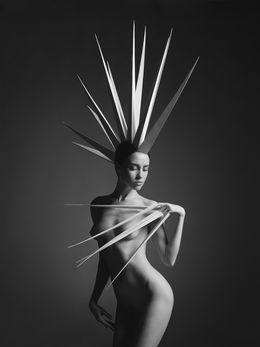
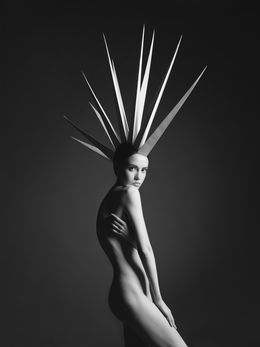
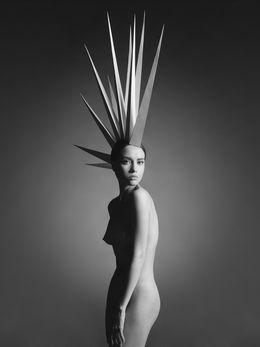

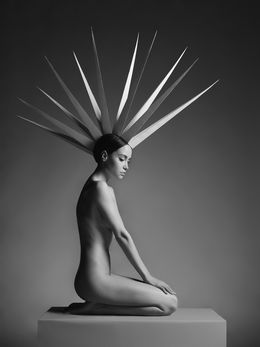
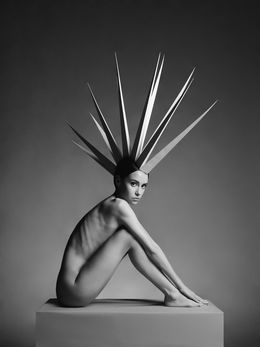
Choose your preferences
The art is yours
The art is yours